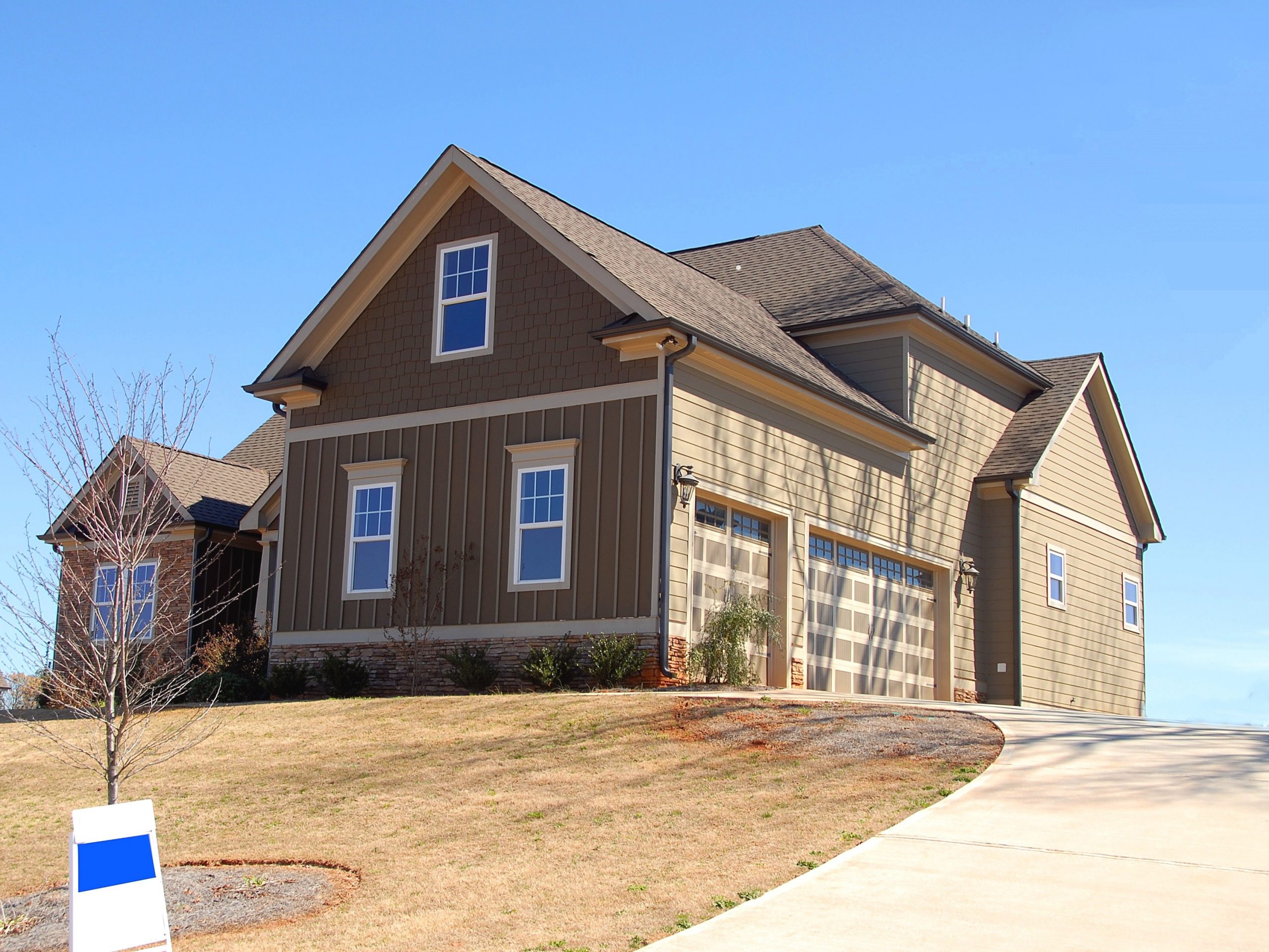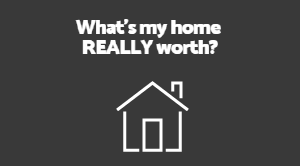-
Lot Size18,731 sqft
-
Home Size3,864 sqft
-
Beds5 Beds
-
Baths4 Baths
-
Year Built2004
-
Days on Market10
Why Are Foreclosure Rates Rising in the U.S.?
- Real Estate Tips
- May 26, 2022

Foreclosure Rates Are Still Affected by COVID
The thought of losing your home is devastating, and it’s an unfortunate reality for many Americans today. Foreclosure rates are on the rise, with an 11% increase in February of 2022 alone, according to Fortune.com. Experts expect these numbers to increase steadily over the next couple of months and remain high well into the fall.
With such a scary prospect on the horizon for homeowners who love their homes, you may wonder why this is happening? Multiple factors have led to this increase, with one of the main reasons being a symptom of the pandemic. Learn what’s causing the number of foreclosures to spike in the U.S. and how you can avoid this fate.
What Does Going Into Foreclosure Mean?
Before you should stress out, it’s important to understand what causes foreclosures. If a homeowner borrows money to help pay off their mortgage and then fails to make those repayments on time, the lender will take ownership of the house and resell it for profit.
The lender, in this case, is typically a bank, and when people take out mortgage loans, they are putting their homes up as collateral. Foreclosures don’t happen immediately after one missed payment– on average, it takes about 12-15 months of no payments before a home gets fully repossessed by a bank.
What’s Causing the Rise in Foreclosures?
The good news is that the high number of foreclosures doesn’t reflect economic turmoil or an unsteady housing market. COVID relief money brought the numbers down to a superficially low level. Now that people and businesses are no longer getting the aid they need, foreclosures are rising again.
So, it’s essential to look at the context of the numbers. They are far below the number of foreclosures reported in January of 2020.
How Can You Avoid Foreclosure?
One of the best ways to avoid foreclosure on your home is not to ignore the problem. Instead, reach out to your lender and let them know that you’re having an issue. Keeping an open line of communication between you and the bank will make for a much more manageable situation.
You have a few options if you find yourself in this situation. You can ask for a forbearance, which allows borrowers to pause mortgage payments briefly so they can rebuild their savings or other assets.
If you’re struggling with your payments, you should consider asking for a refinance of your mortgage. This can allow you to lower your monthly payments. However, this option is only for people who have never missed a payment– not for people who have already begun the foreclosure process.
Don’t Let Foreclosures Stress You Out
Yes, foreclosure is a very stressful situation to find yourself in. However, there are many options available if you get stuck. While the foreclosure rates seem to be rising in the U.S., they are, in fact, much lower than they were historically in years past.
Thanks to COVID relief funds, many people and businesses were kept out of foreclosure. The high numbers reflect the end of that relief money.




